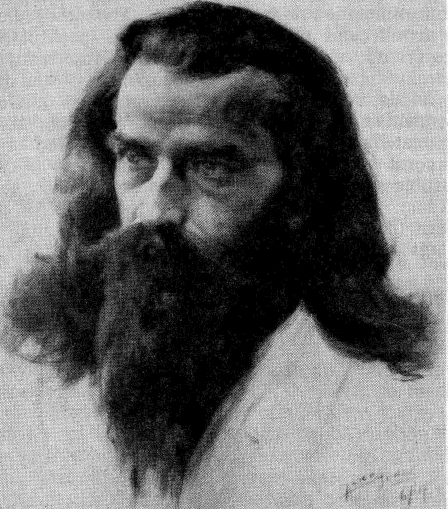In the Hebrew Bible, Samson (meaning "man of the sun") was granted supernatural strength by God in order to combat his enemies and perform heroic feats. His two fatal flaws, however, were his attraction to deceptive women and his hair, without which he would lose his power and vitality. In these verses, Delilah is trying to discover what gives Samson his great strength so that she may find a way to subdue him. He finally admits that his hair had never been cut and that it is the source of his great strength (verses 13-20 are included to provide greater context):
Judges 16:13-20 (New American Bible): So Delilah took new ropes and bound him with them and said to him, "The Philistines are upon you, Samson!" For the men were lying in wait in the inner room. But he snapped the ropes from his arms like a thread. Then Delilah said to Samson, "Up to now you have deceived me and told me lies; tell me how you may be bound." And he said to her, "If you weave the seven locks of my hair with the web and fasten it with a pin, then I will become weak and be like any other man." So while he slept, Delilah took the seven locks of his hair and wove them into the web. And she fastened it with the pin and said to him, "The Philistines are upon you, Samson!" But he awoke from his sleep and pulled out the pin of the loom and the web. Then she said to him, "How can you say that you love me when you do not confide in me? Three times already you have mocked me and not told me the secret of your great strength!" She importuned him continually and vexed him with her complaints till he was deathly weary of them. So he took her completely into his confidence and told her, "No razor has touched my head, for I have been consecrated to God from my mother's womb. If I am shaved, my strength will leave me, and I shall be as weak as any other man." When Delilah saw that he had taken her completely into his confidence, she summoned the lords of the Philistines, saying, "Come up this time, for he has opened his heart to me." So the lords of the Philistines came and brought up the money with them. She had him sleep on her lap, and called for a man who shaved off his seven locks of hair. Then she began to mistreat him, for his strength had left him. When she said, "The Philistines are upon you, Samson!" and he woke from his sleep, he thought he could make good his escape as he had done time and again, for he did not realize that the LORD had left him.
Ehret points our attention to these Bible verses, as they show how the power and vitality of a strong human was lost as soon as they shaved or cut their hair. For Ehret and many of his Back-to-naturist peers, the shaving and cutting of one's hair is not only unnatural, but debilitating and unhealthy. From this perspective, the ability to grow one's hair is a sign of cleanliness and superior health.

(Sketch of a photo of Ehret taken after a 40-day fast that shows a great amount of facial and longer head hair.) Back to the Lesson